
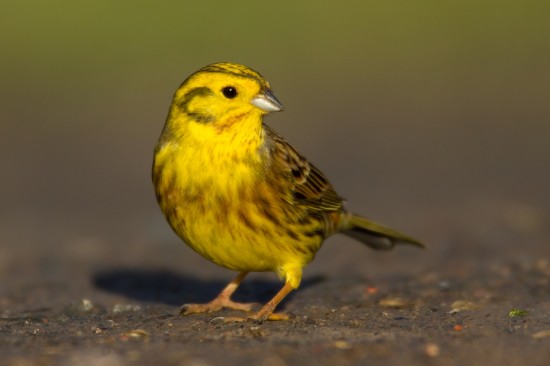
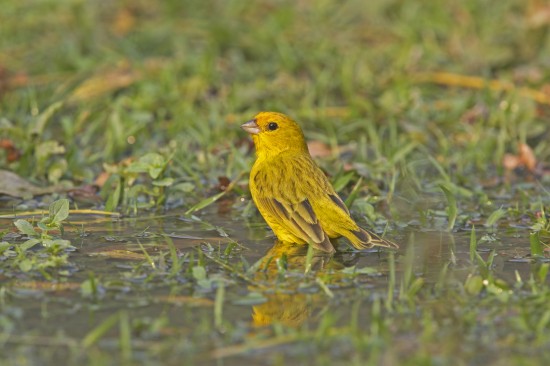
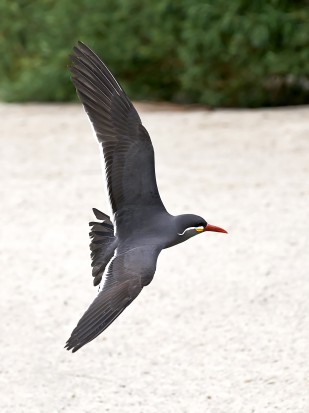
Bunting is the common name for a group of birds called Emberizidae that are part of the Passerine bird family and feature British birds such as the Yellowhammer and popular aviary birds such as the Cuban Grassquit.
The Yellowhammer (Emberiza citrinella) is a bird that is found throughout Eurasia as well as having been introduced to New Zealand. They stay in the same areas in most of Europe, only migrating in certain Eastern sub-species.
The male Yellowhammer has a bright yellow head, streaky brown back, chestnut rump and yellow on his underparts. The female is duller in colours and more streaky on the breast, crown and her flanks. They are typically 16cm in length with a 23-29cm wingspan.
Yellowhammers are a species that learn their song from the father so regional dialects have developed with some small differences to the basics of the song, yet the birds still recognise others of their species.
In an aviary, these are quiet birds who enjoy good seed mixtures, egg food, live insects and weeds as well as fruit and vegetables. They are fanatically bathers so fresh bath water should always be available.
Only during breeding season can the Yellowhammer become aggressive and this depends on the individual bird. The female bird builds the nest with hay and sisal as well as other materials she comes across and it is often close to the ground. Between three and five eggs are laid and incubated mostly by the female for around 11-14 days. Both parents feed the young almost exclusively on live food and they fledge at around two weeks old.
Like all British birds, the Yellowhammer must be correctly rung to prove captive breeding otherwise it is illegal to buy or sell these birds.
The Saffron Finch (Sicalis flaveola) is a bird of the open and semi open areas of the lowlands around the Amazon Basin. They are found in Colombia, northern Venezuela, Ecuador, west Peru and parts of Brazil as well as being introduced to Hawaii and Puerto Rico. It is often classed as a canary but isn’t related to the canary family.
The male bird is bright yellow with an orange crown as the name indicates while the females are slightly duller in colour. They are 14-15cm in length.
When not breeding these birds mix well with others but when in breeding season they can be a pain. This is sometimes alleviated if the aviary they are in is larger so they feel they have space without other birds infringing on it. Only one pair of these birds should be kept in an enclosure.
A good tropical seed mix will form the idea basis for their diet along with fruit and vegetables and egg food. During breeding, they will need protein so live food will be required. They enjoy bathing so fresh water should always be available.
Theirs is a large nest in a bush or sometimes will use a nest box and will add any materials they find that are suitable. The average clutch of eggs is four that are almost totally incubated by the female for 11-14 days. Once they have hatched, again, the female does most of the work and they are fed largely on live food. They are around two weeks old when they fledge and have their adult plumage at around six months old.
The Cuban Grassquit (Tiaris canorus) is usually known as the Cuban Finch in captivity, even though it isn’t a finch but a bunting. These tiny little birds are found in the Bahamas, Cuba and the Turks and Caicos islands and lives in tropical lowland forests as well as dry shrubland and degraded former forest.
They are usually 9-10cm in length and are sexually dimorphic. The males have black faces edged in brilliant yellow with a black breast and olive green body. The hen doesn’t have the black face or breast but otherwise her colours are the same.
Some people think Cubans are troublesome in an aviary but this isn’t my experience. However, it is best to keep a single pair per enclosure as males can be territorial and once chicks have weaned, it is best to remove them from their parents. Otherwise, they are inoffensive little birds who are active, with their surprisingly loud calls and busy natures.
They can feed happily on a good foreign finch mix supplemented with egg food, greens, fruit and vegetables and will also take some live food, though my birds raised a clutch without it. They enjoy bathing and will also make use of grit or bird sand.
Building a nest can be about opportunity – it depends on what location they choose. Normally the nest is built by both birds using hay, straw, feathers and other available materials. They will use a bush, a nesting box or anywhere that they decide is suitable. Two or three eggs are laid and incubated by both birds until they hatch at 12-13 days. Both parents feed the chicks and they fled between two and three weeks old. The father will often finish the weaning process because the hen has started another clutch and once they are independent, move them away from their parents to avoid problems.
There are three other members of the grassquit family that are found in aviculture, none of which are very common in this country.
The Yellow faced Grassquit (Tiaris olivacea) is a bird of northern South America as well as parts of Mexico and is around 11-12cm. They mix well with other species but can be aggressive with others of their own species.
The Black faced Grassquit (Tiaris bicolor) some from northern South America also as well as the adjacent islands. It is similar in size to the Yellow faced but is generally less colourful. Again, in mixed aviaries they can be aggressive towards other grassquits but otherwise mix well.
Blue-Black Grassquit (Volantinia jacarina) lives across Central America and north South America and are best suited for a mixed aviary. They do have a small territory around their nest box from which they will chase other birds but otherwise get on well with others.
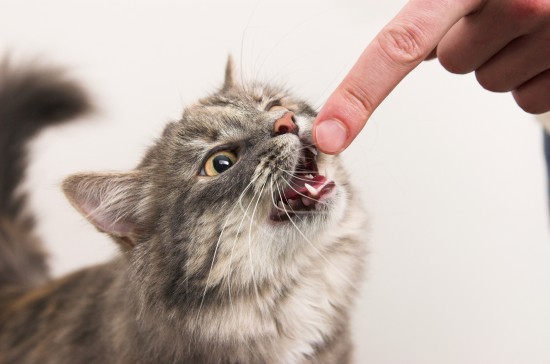 How To Stop Your Cat From Scratching Or Biting In Play
How To Stop Your Cat From Scratching Or Biting In Play
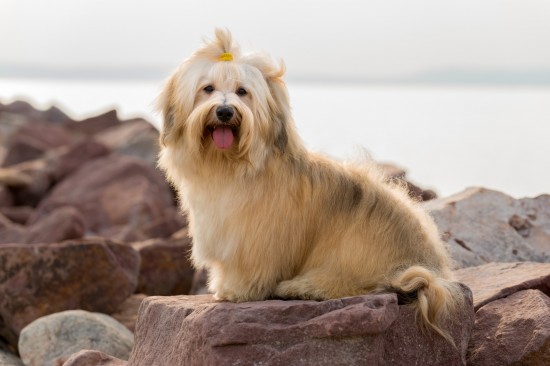 Havanese Dog Longevity And Hereditary Health
Havanese Dog Longevity And Hereditary Health
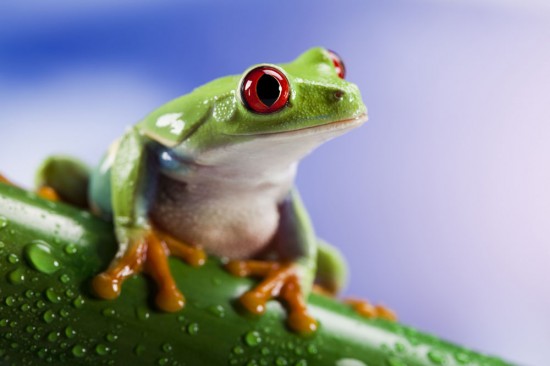 Keeping Frogs As Pets - What Every Amphibian Owner Should Know
Keeping Frogs As Pets - What Every Amphibian Owner Should Know
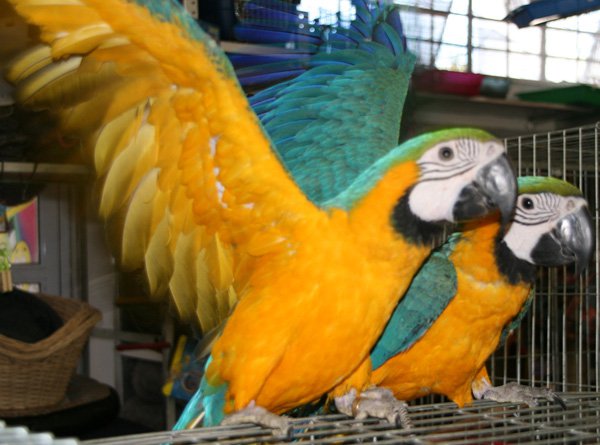 Khamioka Ridgebacks Poole, Strong pups, both playful and hard-working
Khamioka Ridgebacks Poole, Strong pups, both playful and hard-working
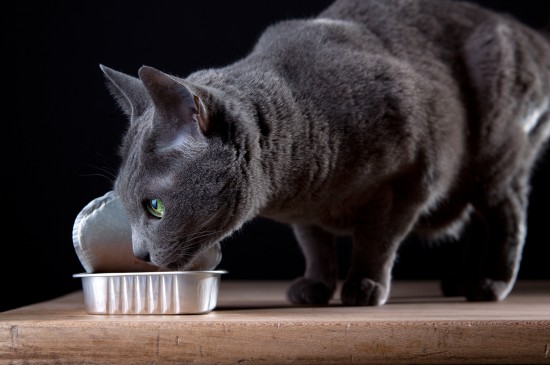 Cat Food, Calories, And How Much To Feed
Cat Food, Calories, And How Much To Feed
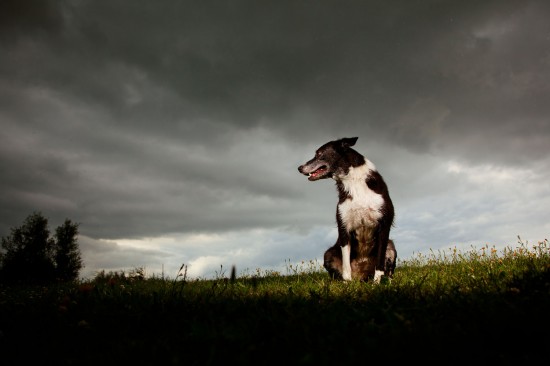 Thunder , Lightening And Pets
Thunder , Lightening And Pets
Copyright © 2005-2016 Pet Information All Rights Reserved
Contact us: www162date@outlook.com